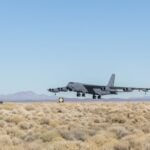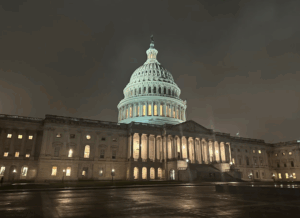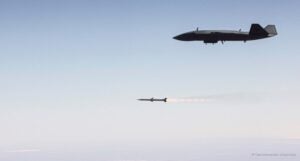
Last month, Rep. William Timmons (R-S.C.), the chairman of the House Committee on Oversight and Government Reform's military and foreign affairs panel, asked DoD, the Department of Justice, and the Department of Transportation to submit by July 10 a list of documents related to the agencies' counter-drone efforts, including a list of drone flights around military installations since January 2022 and "relevant policies, memoranda, and interagency agreements guiding the detection, identification, tracking, and mitigation of unauthorized unmanned aerial systems over…














